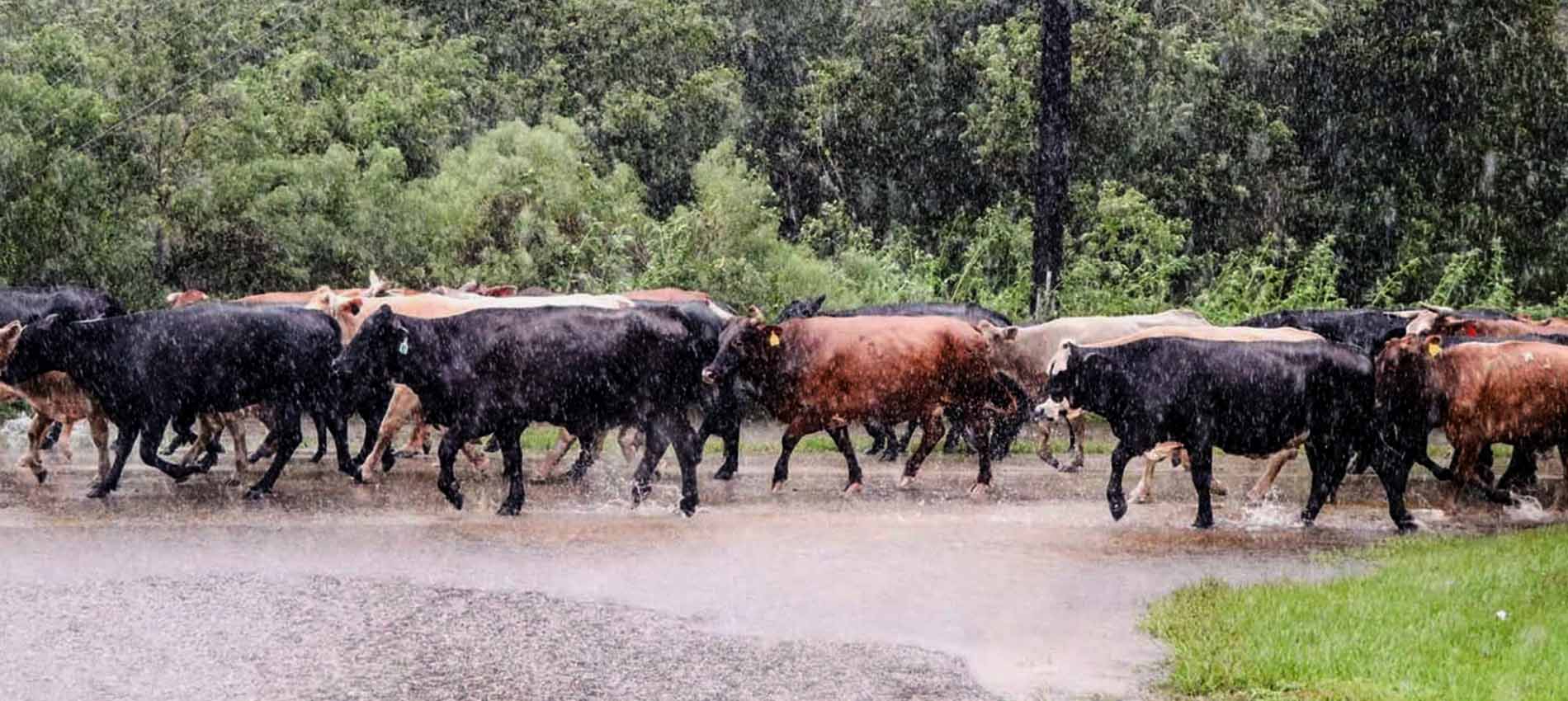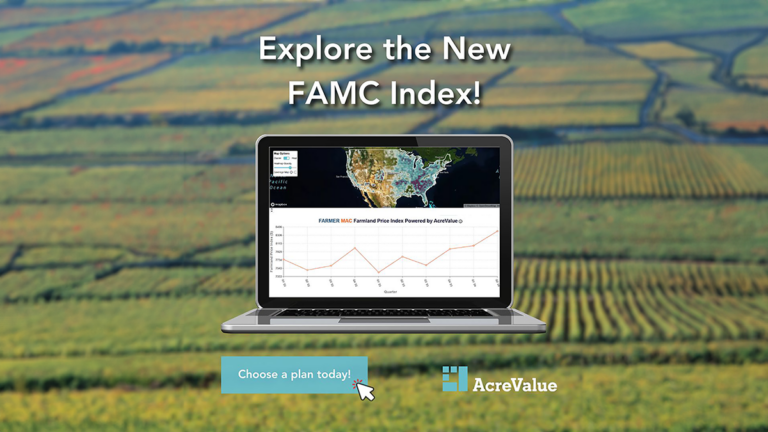The devastating effects of Hurricane Harvey continue to be felt in the Greater Houston area and in cities and communities throughout southeastern coastal areas of Texas and in neighboring Louisiana. The most immediate way individuals can provide assistance is with donations of money, food and supplies like diapers and clothing to organizations like the American Red Cross and others listed below.
At this point in the disaster, the best form of support is financial. – Feeding Texas
- American Red Cross
- Feeding Texas: Food Bank Support Resources
- Texas Diaper Bank
- City of Houston: Relief advice and volunteer resources

As the waters recede in the wake of Harvey’s flooding, disaster-recovery efforts will continue long after the end of this year’s hurricane cycle. Beyond the immediate destruction wrought by the August 26 storm, Texas Governor Greg Abbot estimated relief efforts could cost more than $180 billion over the coming months and years.
Texas ranchers and farmers, specifically, are looking at losses to property, equipment, crops and livestock that will linger for years. For landowners in particular, below is a roundup of Hurricane Harvey relief resources:
- The U.S. Department of Agriculture’s (USDA) disaster-relief page includes links to topics such as immediate food-safety tips along with information about financial aid and loan deferrals for rural landowners and communities affected by Hurricane Harvey.
- Small business owners may be eligible for low-interest loans and other financial relief through the government’s Small Business Administration. Visit the SBA’s Hurricane Harvey Recovery page for more information.
- The Texas and Southwestern Cattle Raisers Association has established a Cattle Relief Fund to raise money for ranchers hit by the storm. In addition, TSCRA has published a list of useful resources including animal shelters and facilities for displaced livestock, hay and other feed supplies and various farm-related resources where you can donate your time and money to aid in the recovery effort.
- The Texas Wildlife Association has published a thorough guide to hurricane-relief resources mentioned above as well as others including programs administered through USDA Farm Service Agency that are in place specifically to help farmers and ranchers following natural disasters such as flooding (including the Livestock Indemnity Porgram and Emergency Forest Restoration Program).
We will continue to add to this post with additional information as it becomes available. Please contact us directly at news@land.com or leave your update in the comments section below with additional Hurricane Harvey relief resources.
Main image credit: Bayside Cotton Gin in Refugio County Texas and cotton modules in the gin yard destroyed by Hurricane Harvey. (Photo courtesy of Joseph Floerke used with permission/USDA/Flickr)



